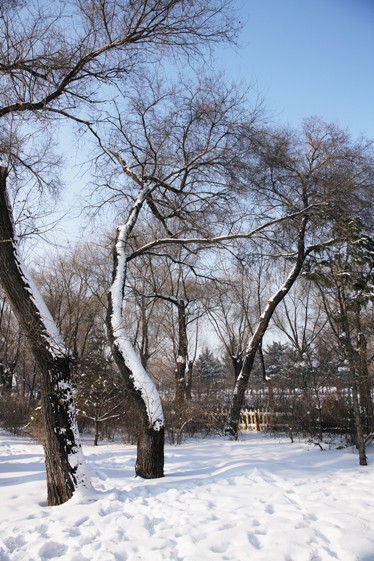 Snow is on its way – is it a watch or a warning – or maybe an advisory. Much of the terminology used for winter weather can be confusing. How much of it are we going to get? When do you need to prepare? To answer these questions and more, it is vitally important that you understand winter weather terminology.
Snow is on its way – is it a watch or a warning – or maybe an advisory. Much of the terminology used for winter weather can be confusing. How much of it are we going to get? When do you need to prepare? To answer these questions and more, it is vitally important that you understand winter weather terminology.
- Freezing rain – Rain that freezes when it hits the ground, creating a coating of ice on roads, walkways, trees and power lines. Even small accumulations of ice can cause a significant hazard.
- Sleet – Rain that turns to ice pellets before reaching the ground. Sleet also causes moisture on roads to freeze and become slippery.
Winter weather advisory – Winter weather conditions are expected to cause significant inconveniences and may be hazardous. When caution is used, these situations should not be life-threatening. - Winter storm watch – A winter storm is possible in your area. Tune in to National Oceanic and Atmospheric Administration (NOAA) Weather Radio, commercial radio or local television for more information.
- Winter storm warning – A winter storm is occurring or will soon occur in your area. Issued when hazardous winter weather in the form of heavy snow, heavy freezing rain, or heavy sleet is imminent or occurring. Winter Storm Warnings are usually issued 12 to 24 hours before the event is expected to begin.
- Blizzard warning – Sustained winds or frequent gusts to 35 miles per hour or greater and considerable amounts of falling or blowing snow (reducing visibility to less than a quarter mile) are expected to prevail for a period of three hours or longer.
- Frost/freeze warning – Below-freezing temperatures are expected.
To prepare for a winter event you should do the following:
1. Prepare an emergency kit that includes the following:
- Rock salt or more environmentally safe products to melt ice on walkways.
- Water — You need at least 1 gallon of water per person per day for 3 days. Don’t forget your pets!
- Store at least a three-day supply of non-perishable food. Store at least a three-day supply of non-perishable food. Again, don’t forget your pets!
- Try to stay at home but if you do need to use your vehicle, make sure you have sand for traction.
- Snow shovels and other snow removal equipment.
- Sufficient heating fuel. You may become isolated in your home and regular fuel sources may be cut off. Store a good supply of dry, seasoned wood for your fireplace or wood-burning stove.
- Adequate clothing and blankets to keep you warm
2. Make a family communications plan. Your family may not be together when disaster strikes, so it is important to know how you will contact one another, how you will get back together and what you will do in case of an emergency.
3. Listen to a NOAA Weather Radio or other local news channels for critical information from the National Weather Service (NWS). Be alert to changing weather conditions.
4. Minimize travel. If travel is necessary, keep a disaster supply kit in your vehicle.
5. Bring pets/companion animals inside during winter weather. Move other animals or livestock to sheltered areas with non-frozen drinking water.
If you would like more information about how to be better protected during a natural disaster, please call Investment Works at 919-467-6110 today!